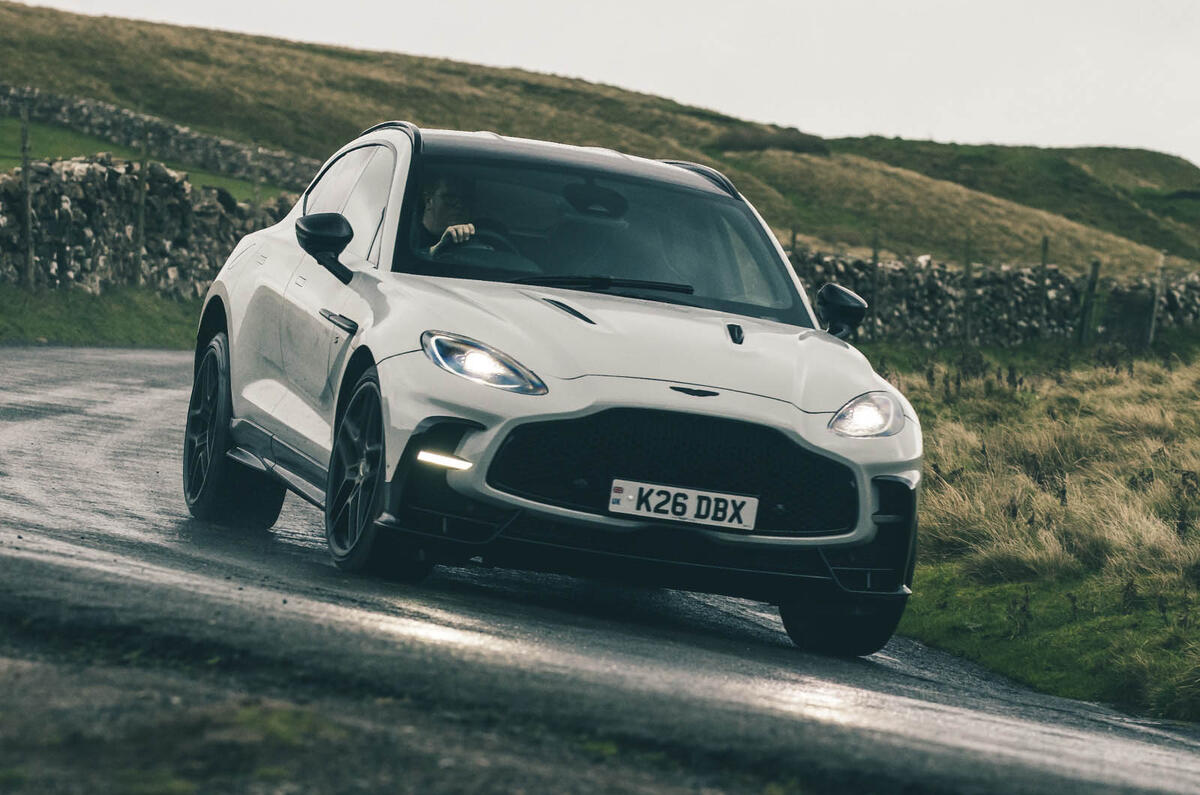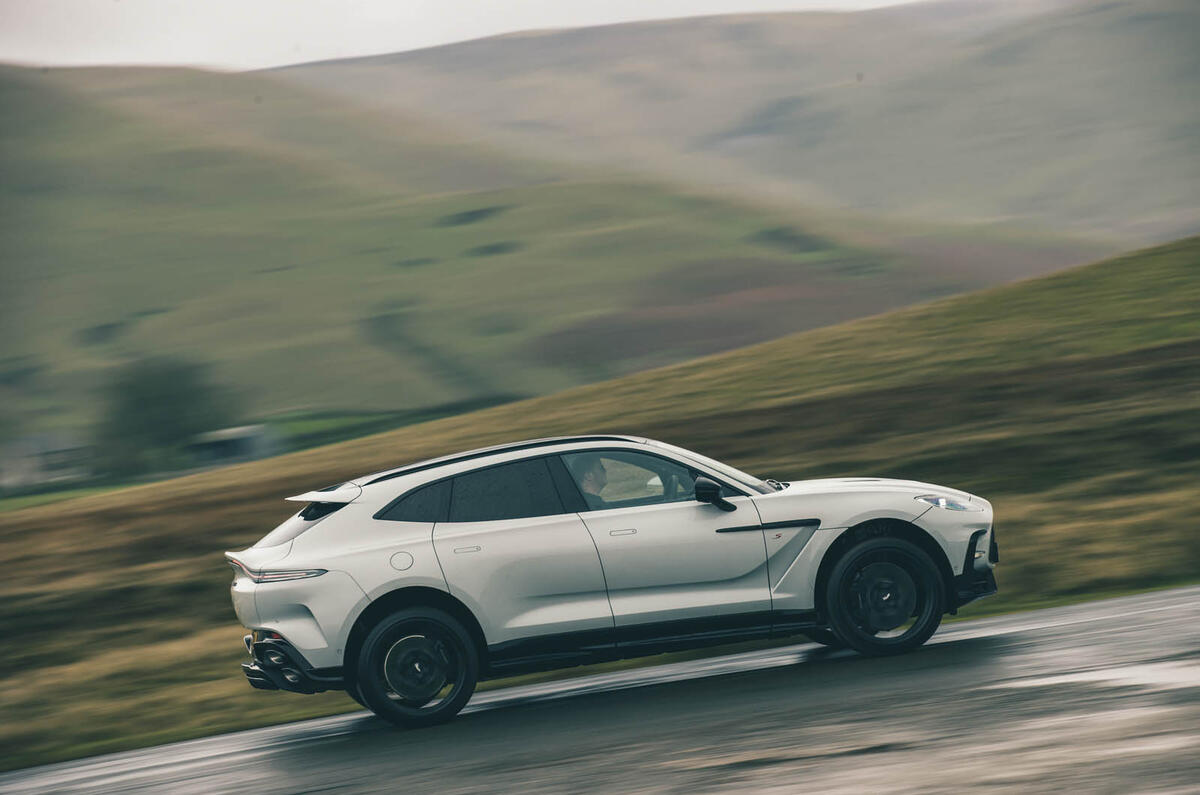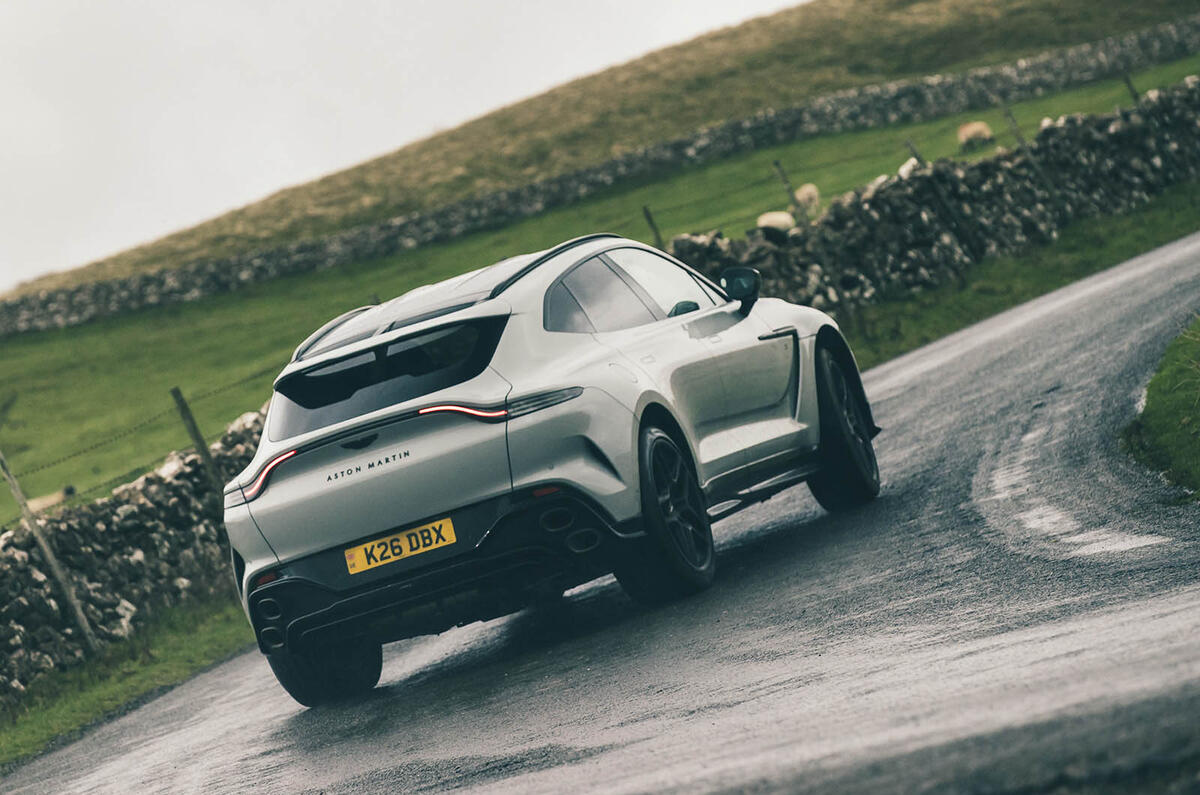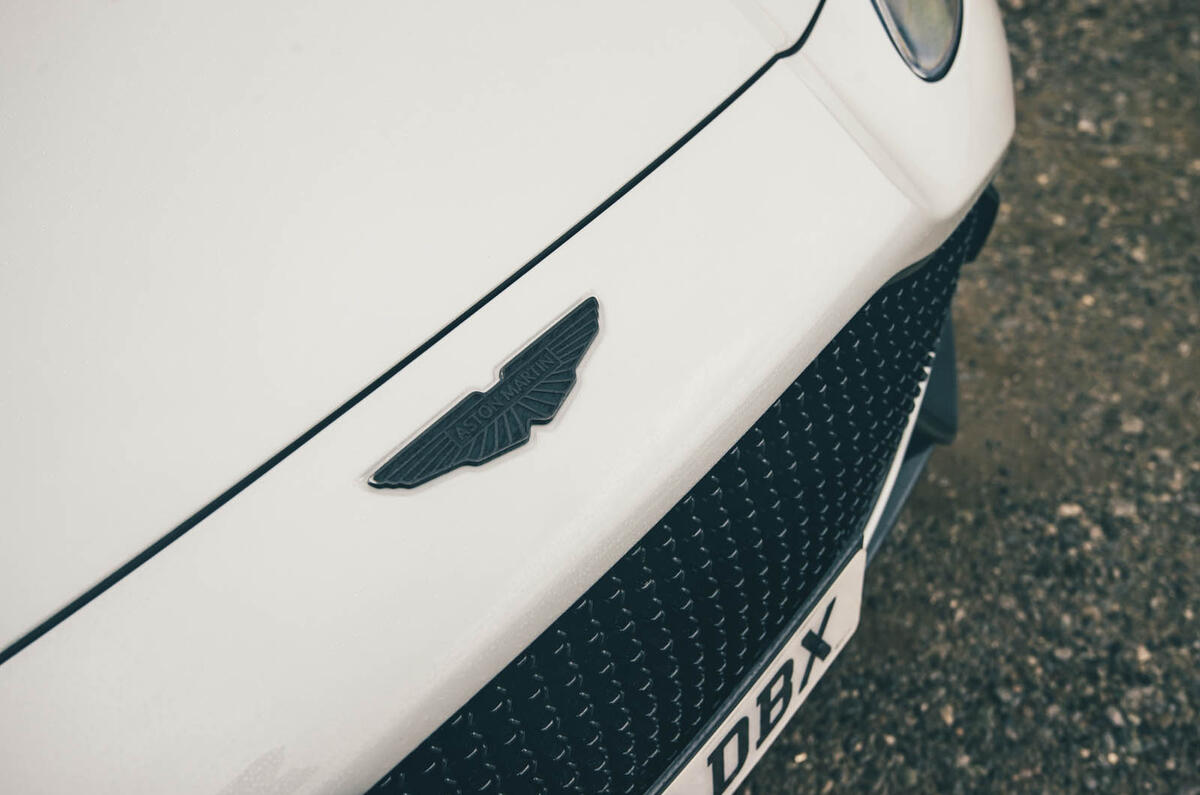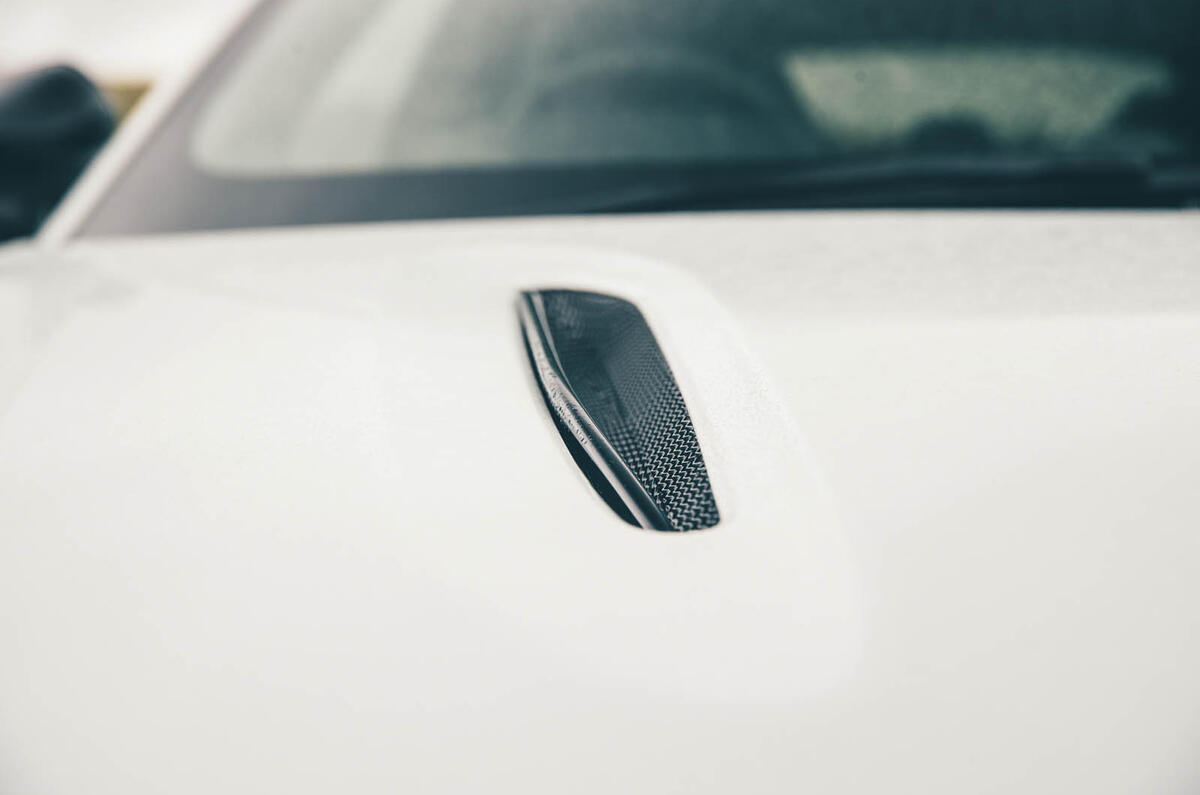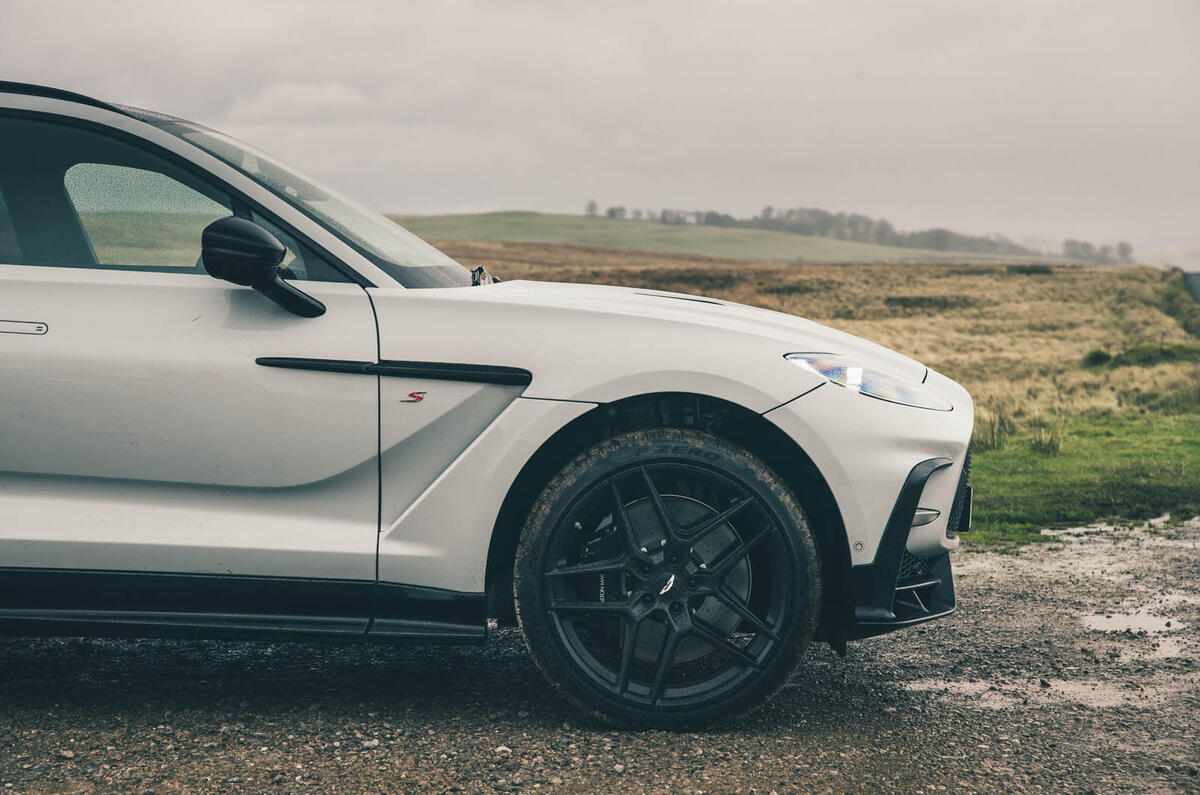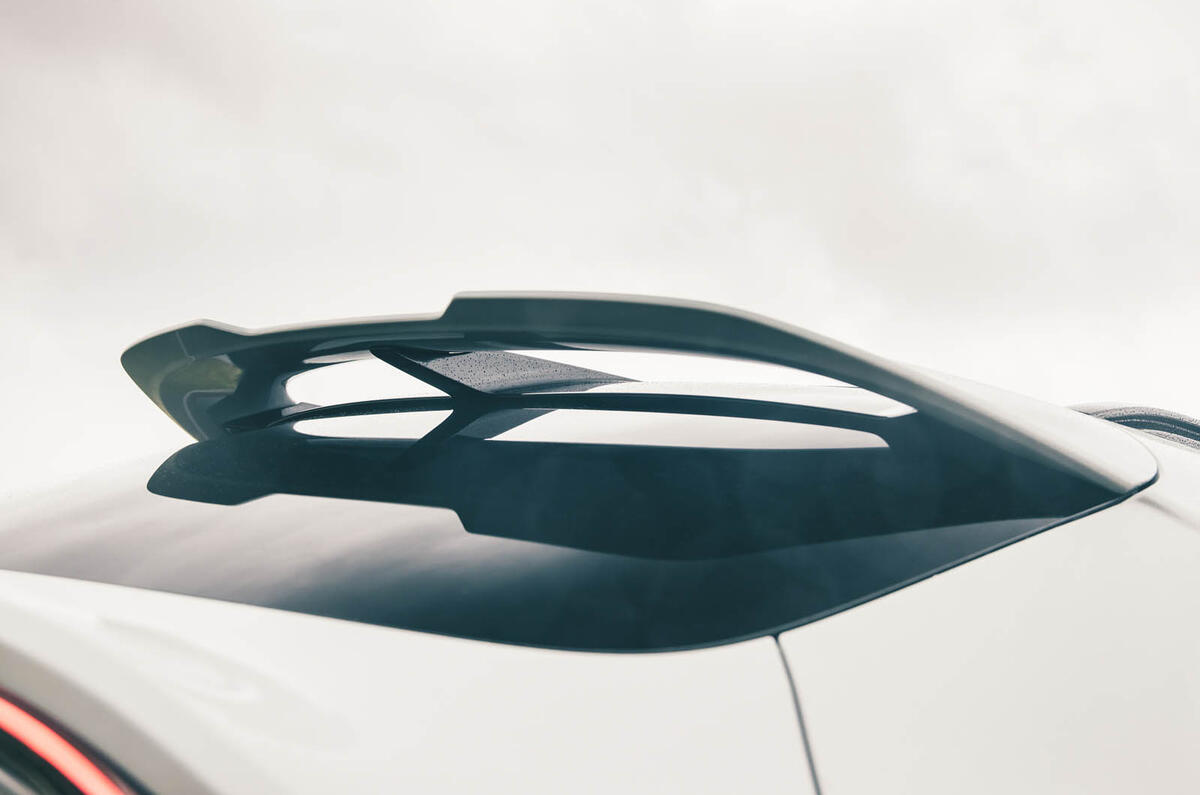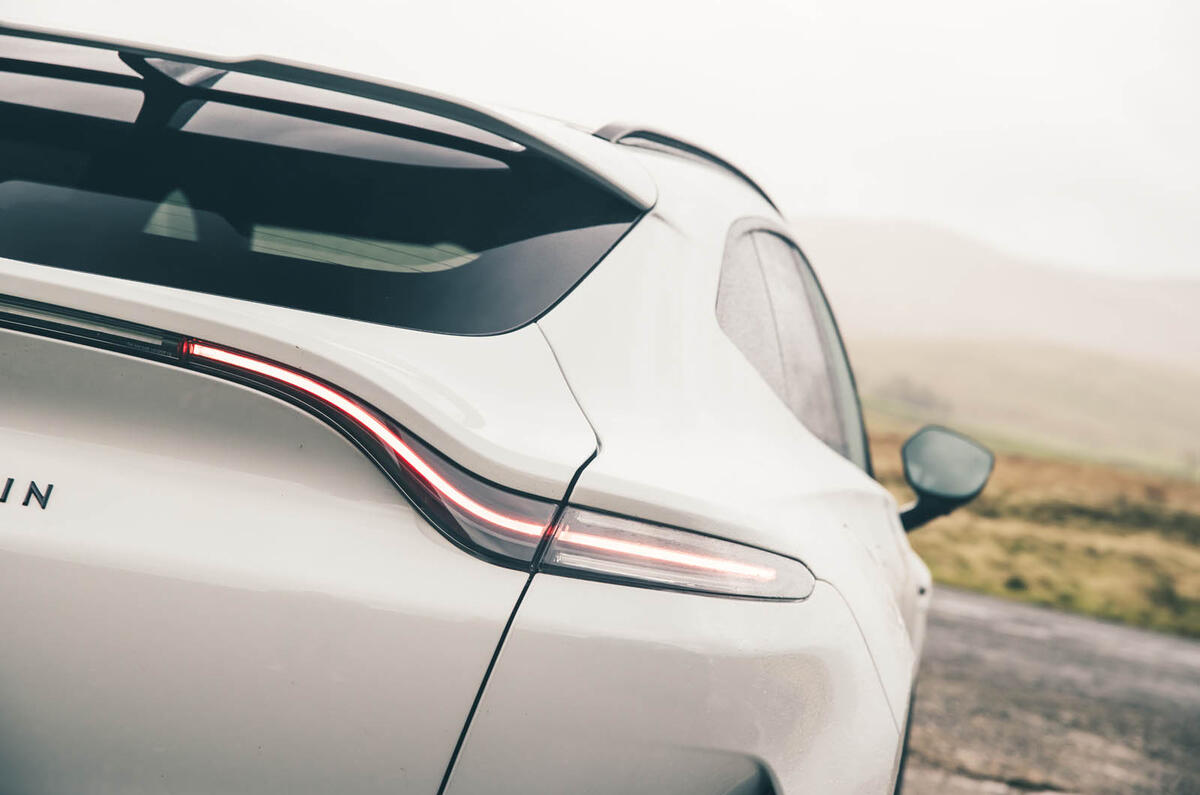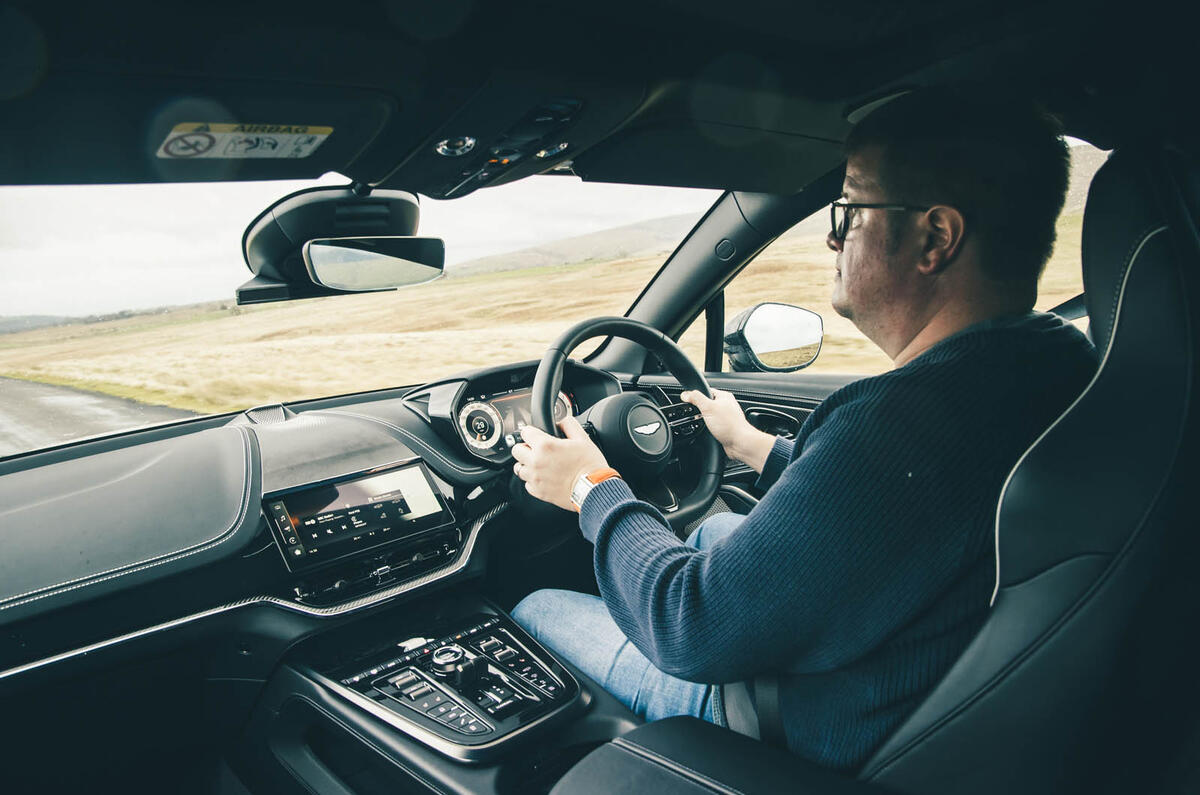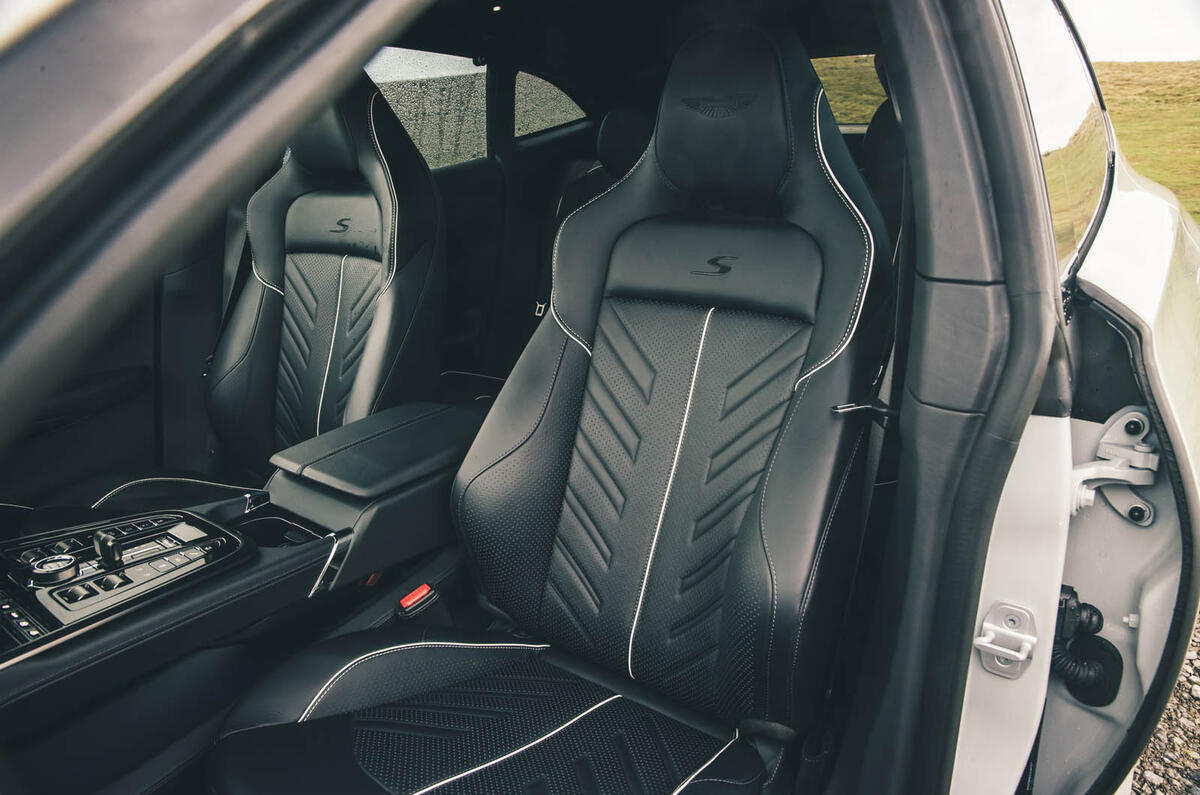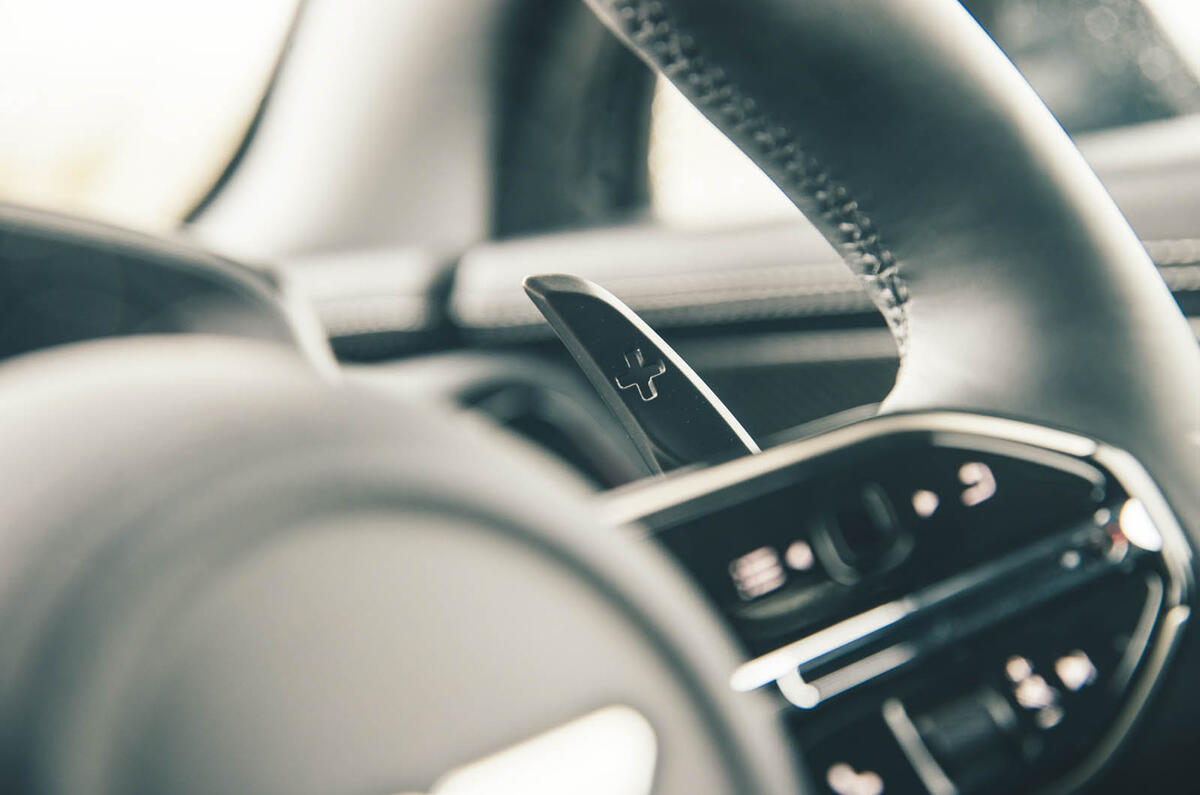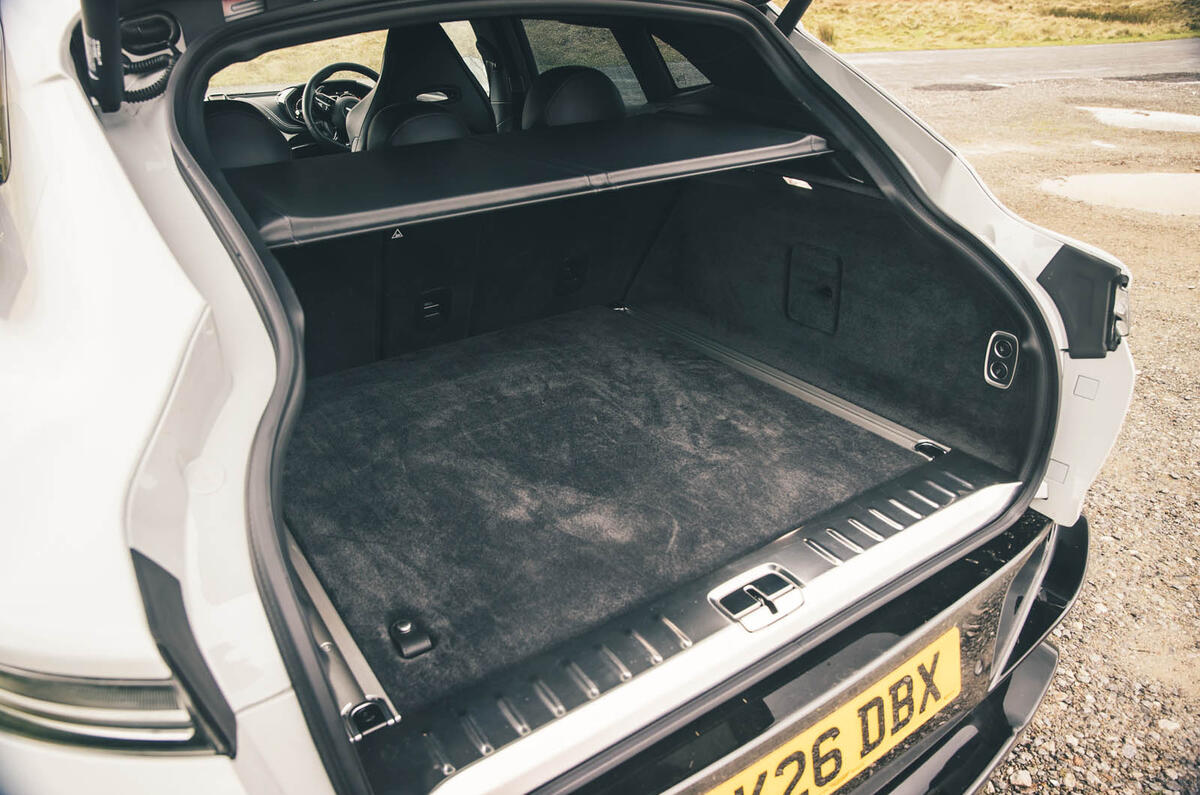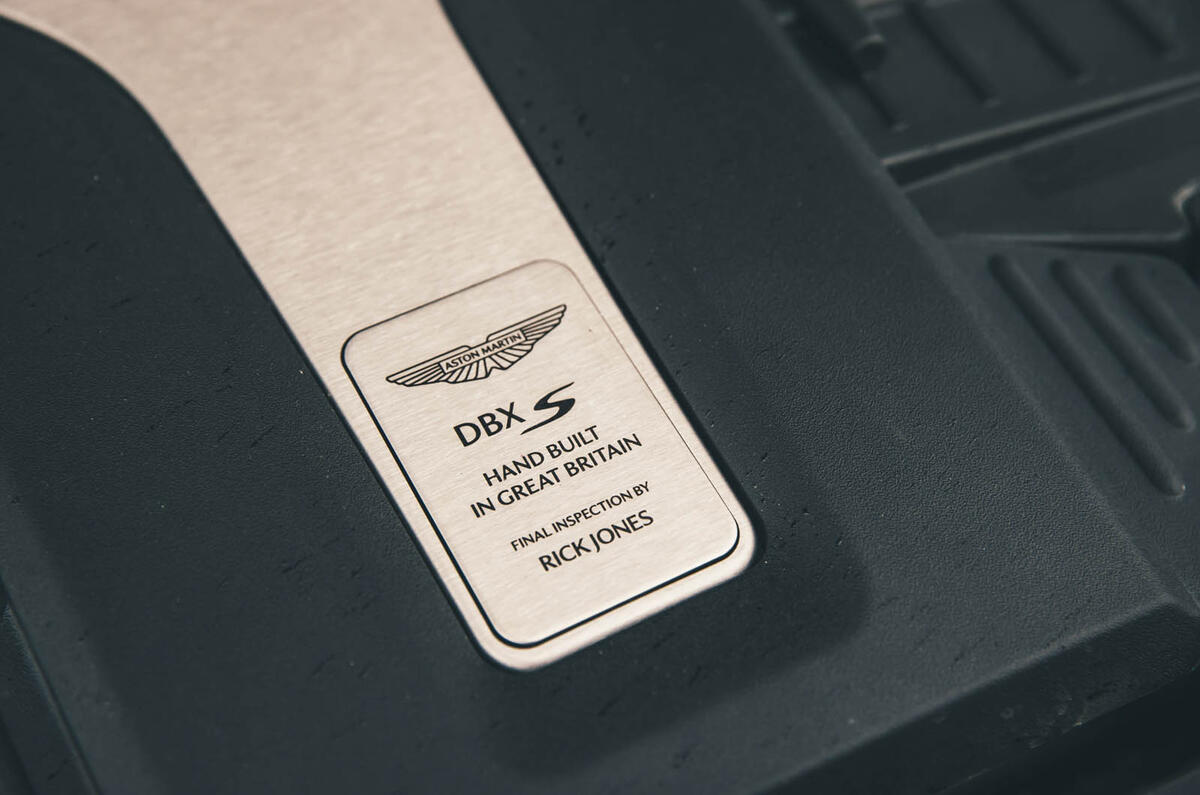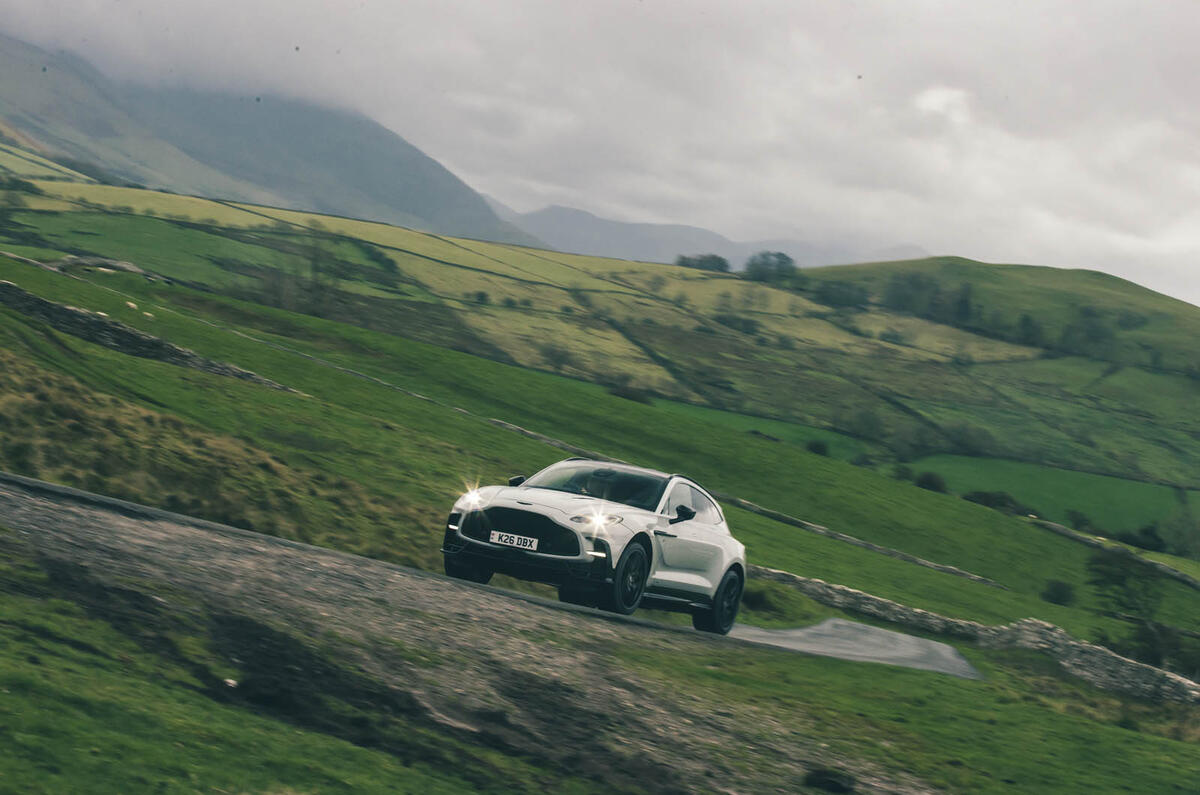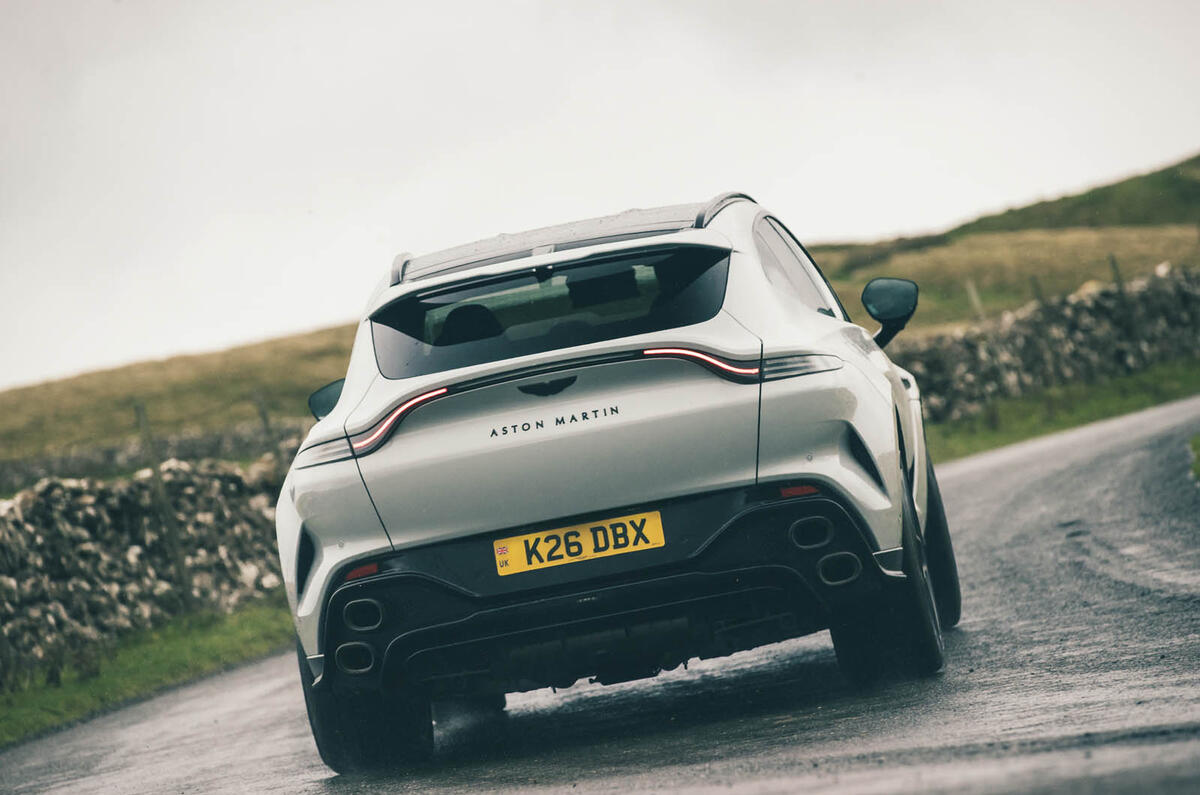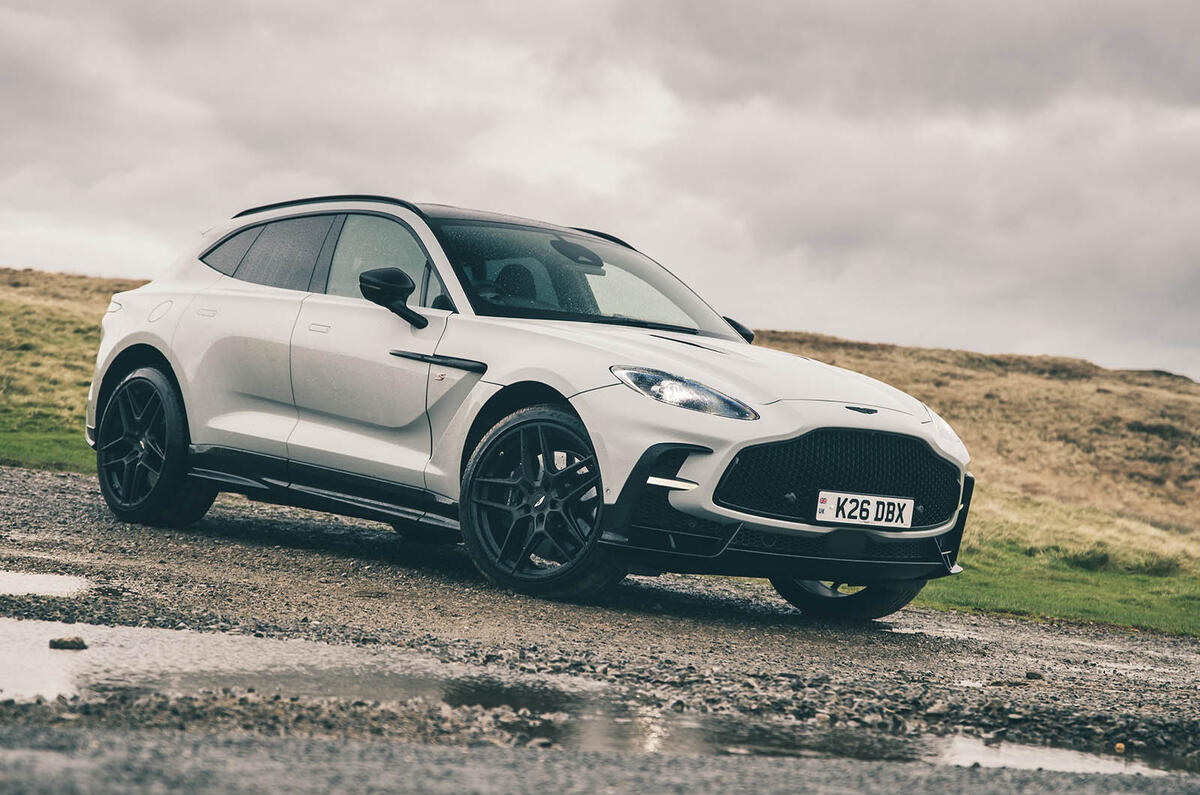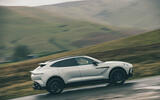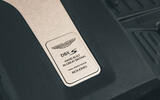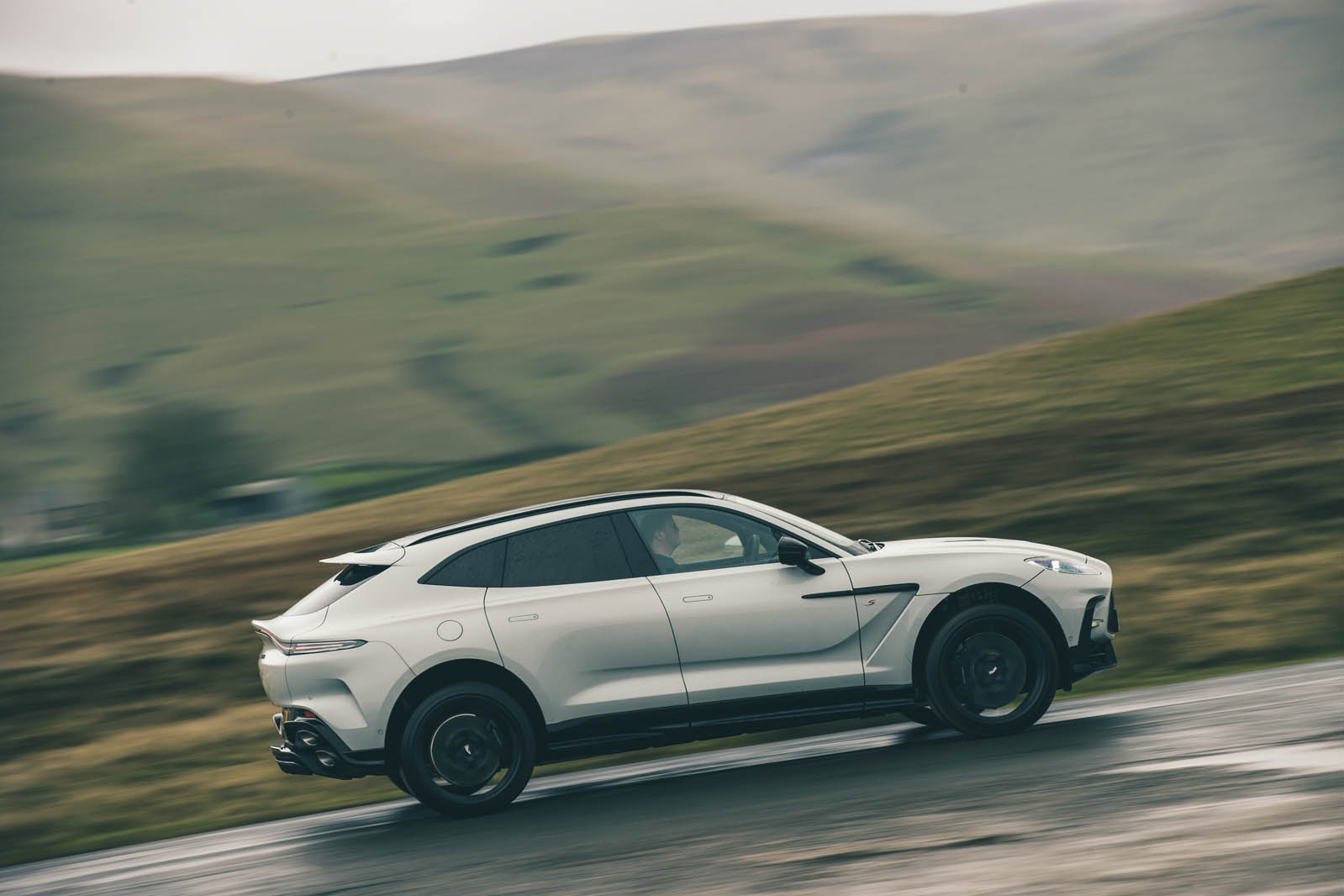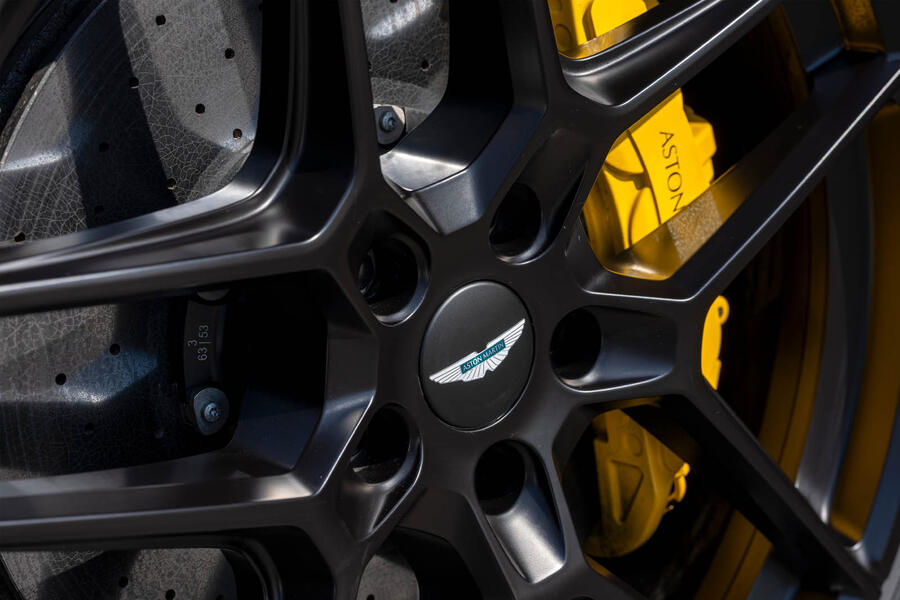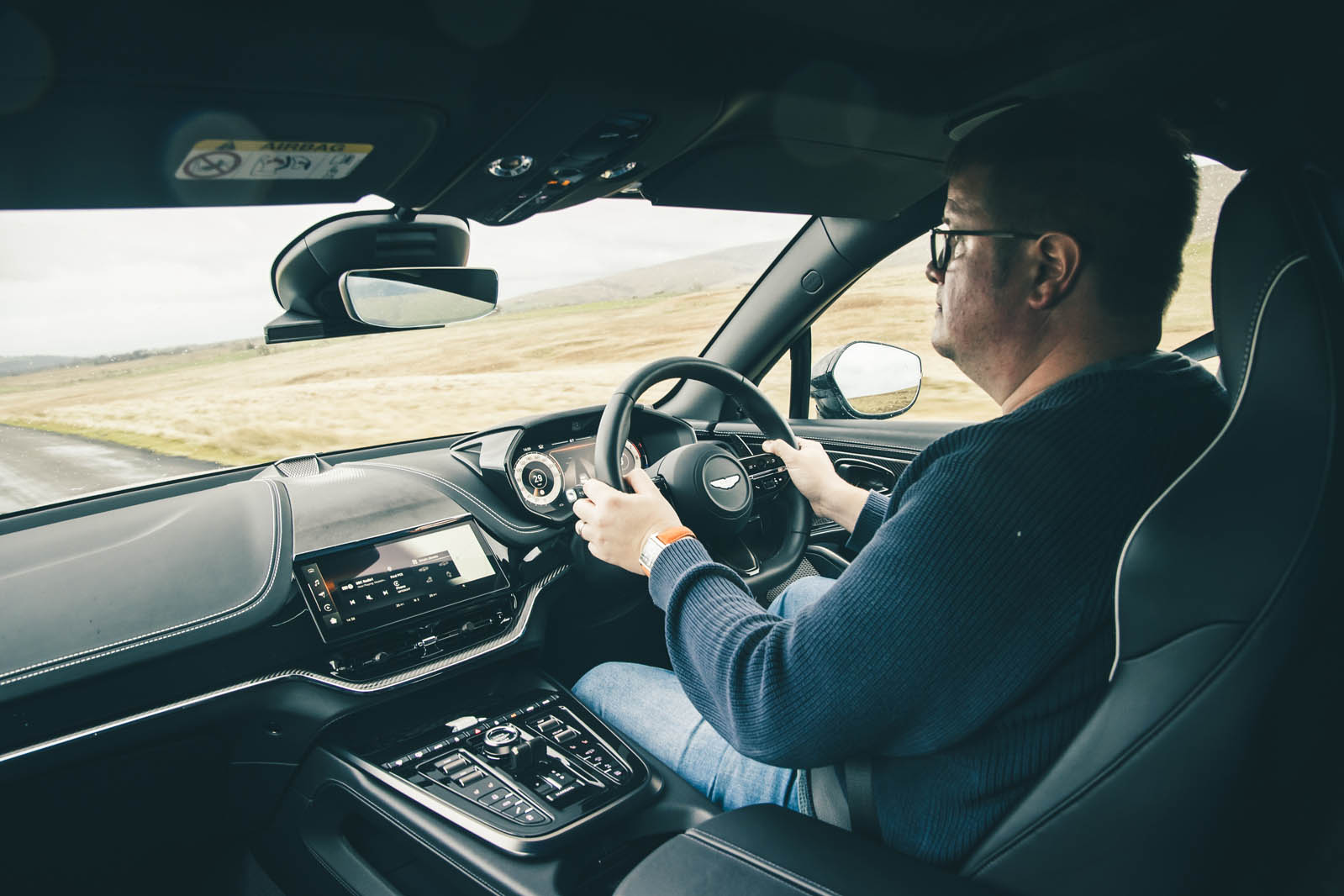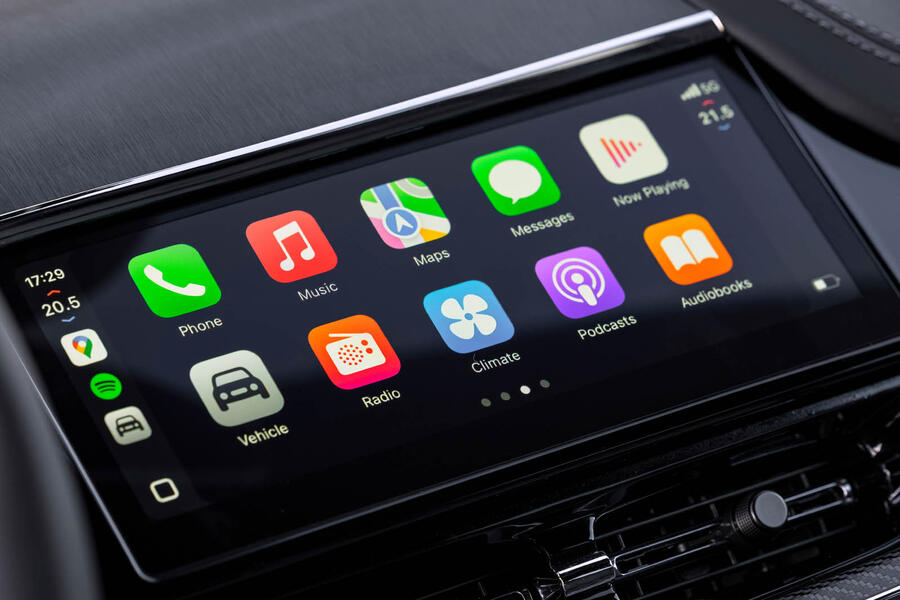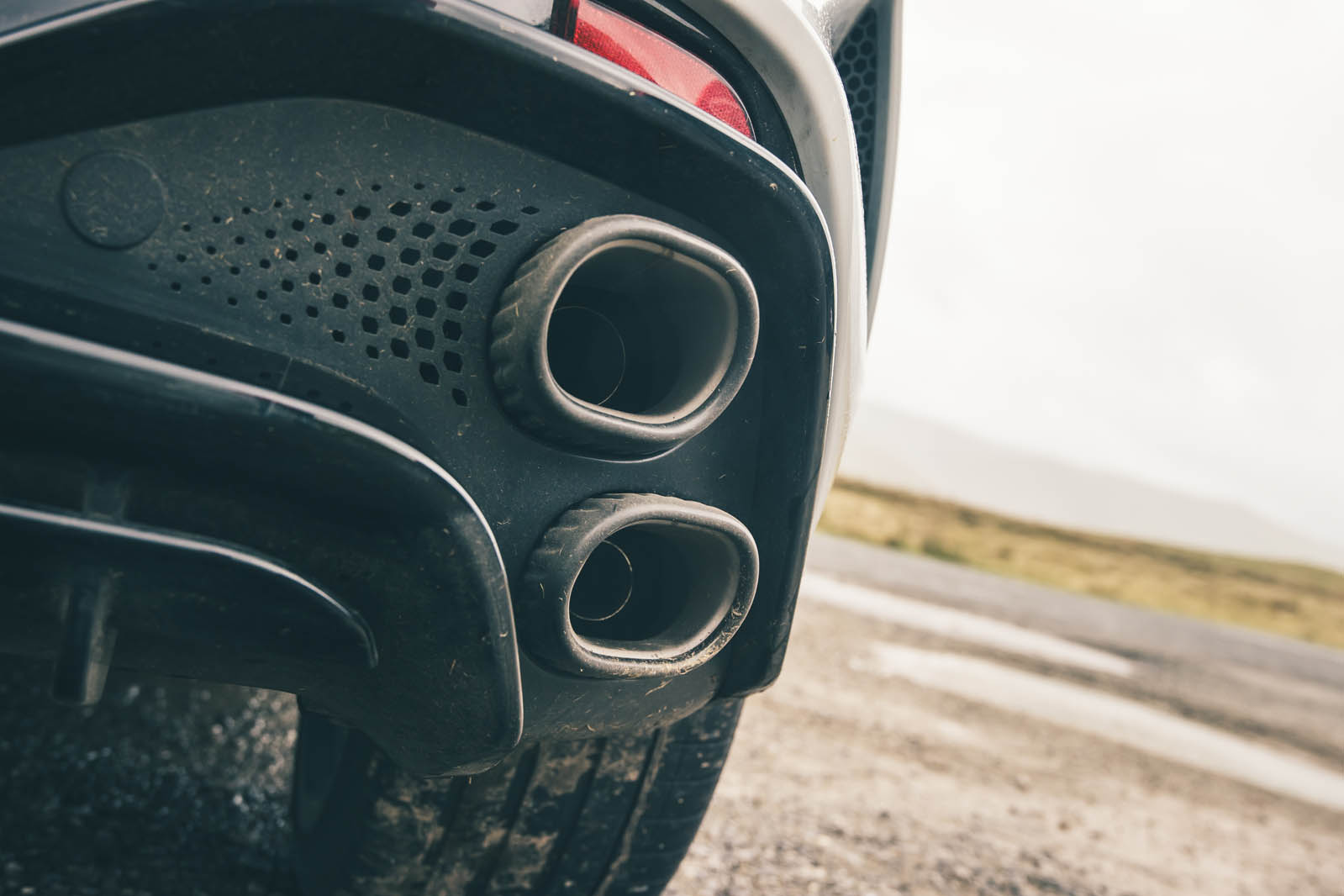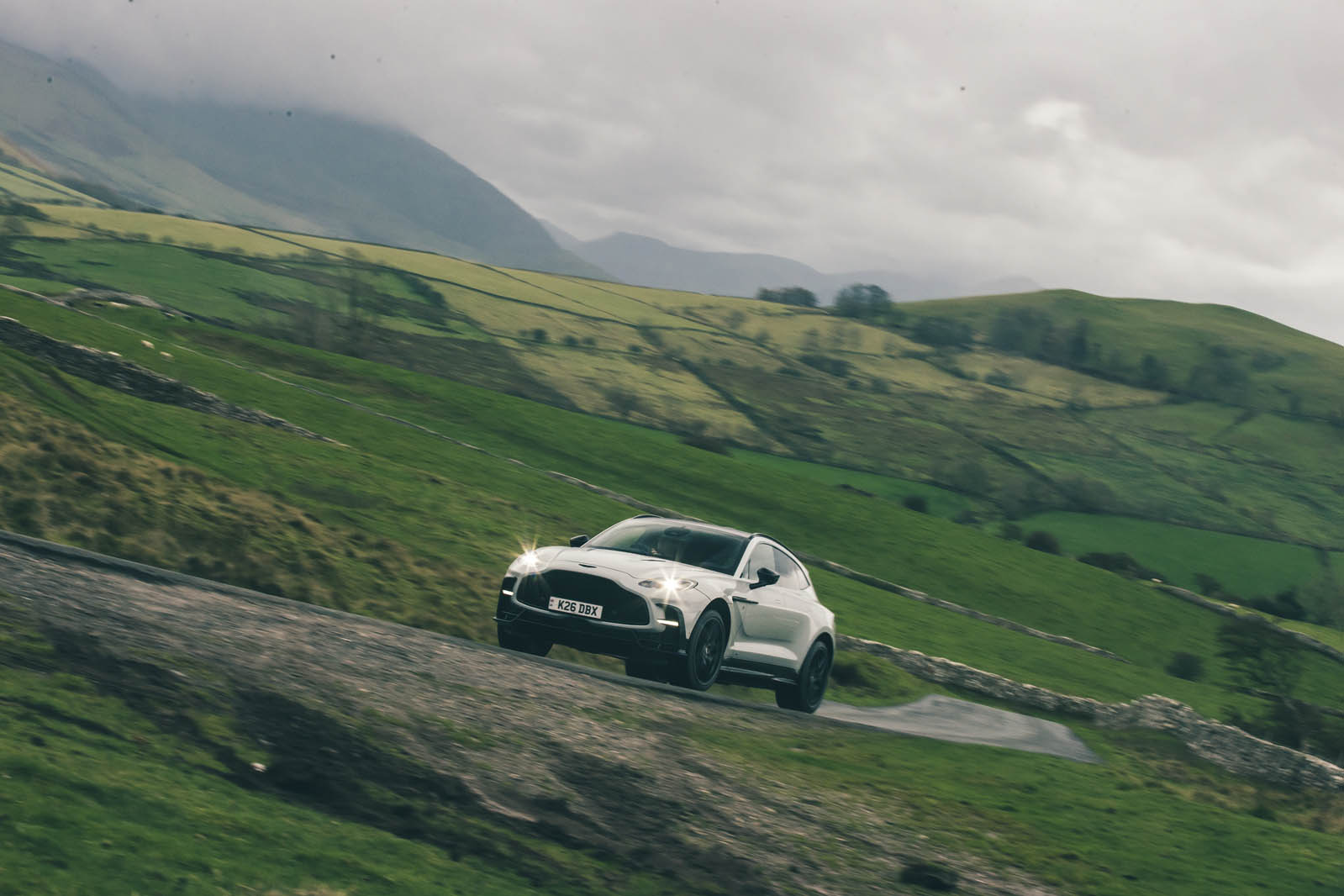This latest halo version of the DBX - the Aston Martin DBX-S - seeks to redistribute a few bragging rights among the owners of top-ranking super SUVs. And we’d be naive to imagine those were unimportant.
Using new enlarged twin-scroll turbochargers taken from the Valhalla hypercar, the Mercedes-AMG-sourced V8 in this car now tiptoes beyond the 715bhp headline power output of the Ferrari Purosangue’s atmo V12. A plug-in hybrid Lamborghini Urus SE offers more still (789bhp) - but is also a tenth-of-a-second slower-accelerating to 62mph than this Aston Martin is.
One way or another, then, this S version gives DBX devotees fresh objective justification to back up the subjective sense that their everyday-use, any-occasion supercar-on-stilts must surely be the best luxury car in the world - and worth every penny of its £210,000 departure price.
When Aston Martin introduced the 707 version of the DBX super-SUV, it expected to offer it alongside the standard one; but buyers overwhelmingly proved willing to pay extra for the hardcore 697bhp version over the 543bhp option. So much so that when Gaydon gave the DBX a mid-life update last year, it dropped the base model altogether. No point in making something that people aren’t buying, after all.
Will history repeat itself? Is the DBX-S a better DBX? Or just a quicker one? Read on to find out.




